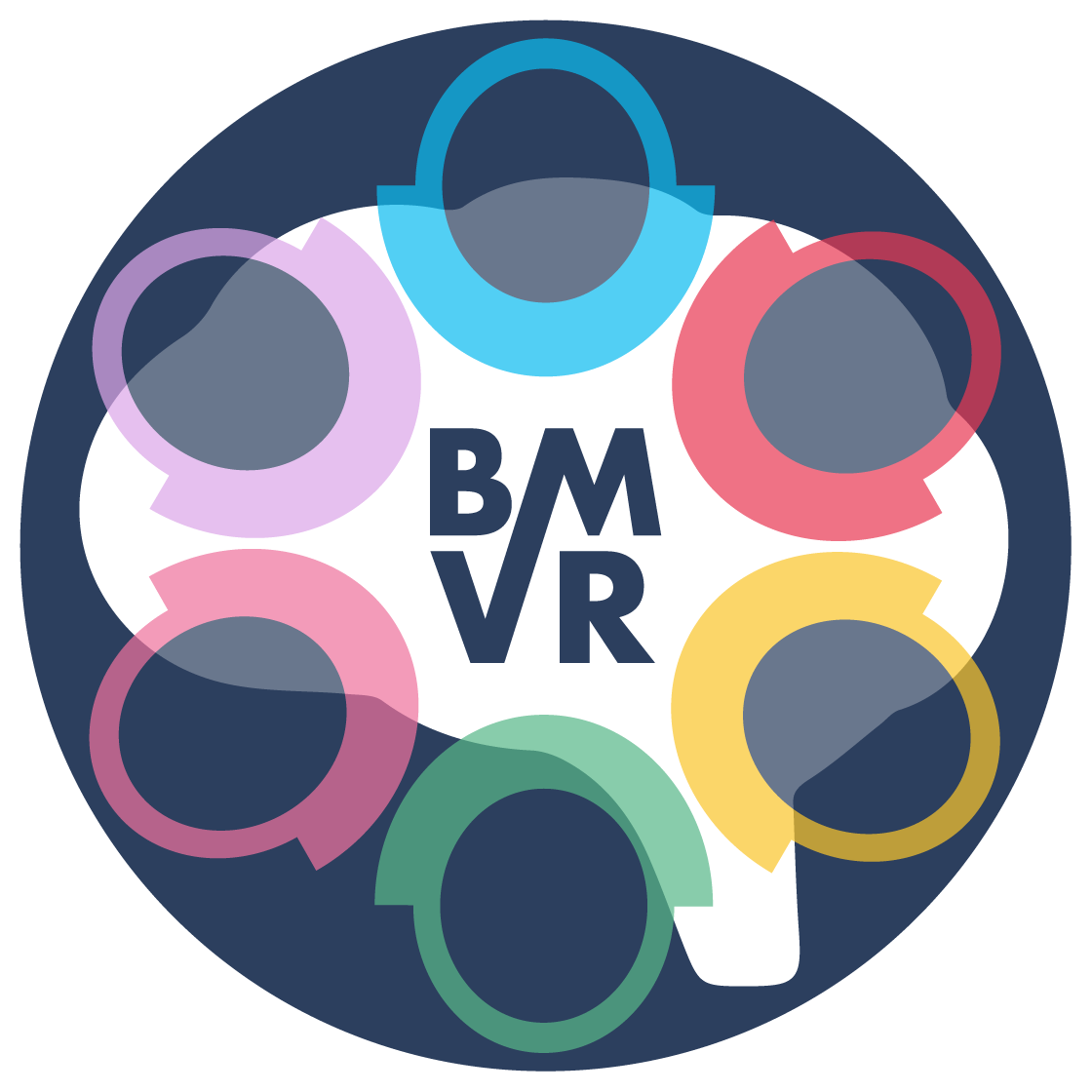VR Pain Relief
A recent meta-analysis in the BMC Medicine journal by Teh et al. (2024) evaluated 92 randomised clinical trials evaluating the effectiveness of virtual reality (VR) experiences for reducing pain in the medical setting. It found that when adults (42 studies) and children (50 studies) underwent a painful medical procedure while distracted by full immersion in a VR experience of one type or another, they experience significantly lower pain levels than those undergoing an identical procedure but without a VR headset on.
We first stumbled on this kind of research in the context of child burn victims being given a VR game to play while they were having their dressings changed; a notoriously painful procedure given how hypersensitive heat-damaged skin gets. And worse still, the allodynia is resistant to opioid medication, so even a fairly large dose of morphine doesn't fully block the pain.
Allodynia describes pain that results from a pressure stimulus that, under normal circumstances would be experiences as a gentle brushing force, but when the skin is damaged by excessive heat is actually experienced as extremely painful.
In this case the game they were playing was designed to evoke concepts that were entirely opposite to the heat pain sensation caused by physical touch on a patch of burned skin, namely a cool, icy, Arctic environment called Snow World where the name of the game is to lob snowballs at an unsuspecting army of penguins and snowmen!
Snow World is the brain child of Hunter Hoffman and David Patterson at the University of Washington (the state, not the capital of the USA). They wanted to find a different approach to opioid medication to help to reduce kids’ suffering because of the unwanted side effects. Firstly, the healing process benefits from the kids eating a healthy diet, yet any opioid medication would only serve to reduce their appetite. Secondly, the patient need to keep moving in order for the skin to heal appropriately, but high doses of opioid medication leave people groggy and lethargic; often making them feel even less motivated to move around.
The meta-analysis by Teh and colleagues (2024) demonstrated that analgesic benefits arise with a wide variety of medical interventions and VR experiences. While several VR experiences were like interactive, many were entirely passive, so just watching and listening what’s going in the VR experience is sufficient to evoke an analgesic effect. For example, Chen et al (2018) evaluated the effectiveness of a range of passively-viewed immersive experiences like a roller coaster, space exploration or wildlife park on the pain experienced by children when having an intravenous injection. Top and Ayyildiz (2021) dropped 4-6 year old children into an immersive 3D aquarium while they were having blood taken. In another study by Deo et al (2020) women undergoing a painful gynaecological examination watched a 360-degree David Attenborough documentary.
A wide variety of painful medical procedures are considerably less harrowing while distracted by a VR experience
The upshot is that patients experienced significant drug free analgesia when undergoing painful medical procedures when distracted by a VR experience of one description or another, attesting to the power of using immersive technologies to virtually transport kids and adults to an alternative reality to reduce discomfort. This means that there’s every reason to expect Brain Man VR’s immersive experiences, like Pizza Maths, should be equally effective in reducing the suffering of teen patients if played while undergoing painful medical procedures. But playing Pizza Maths VR while having an injection, blood drawn or wound dressings changed, has the added bonus of helping teens keep up with their maths homework as well so they don’t fall behind at school. Win-win-win!



